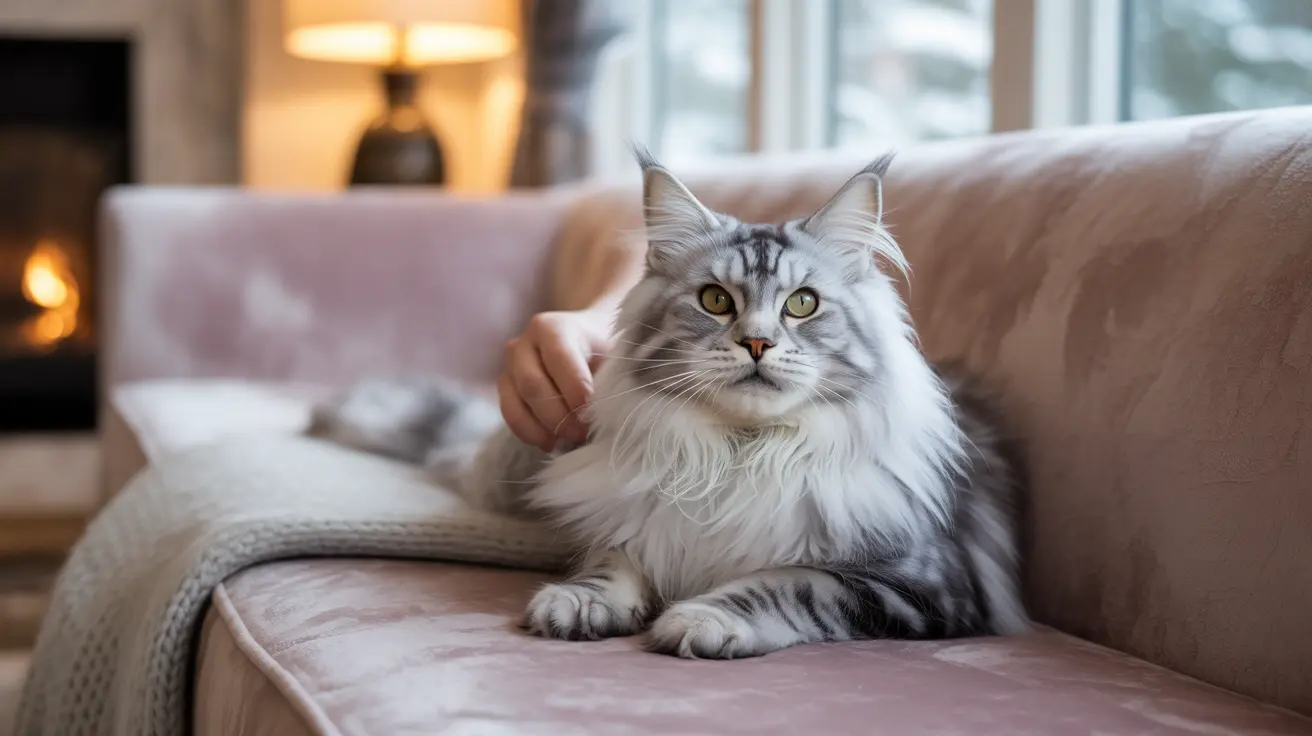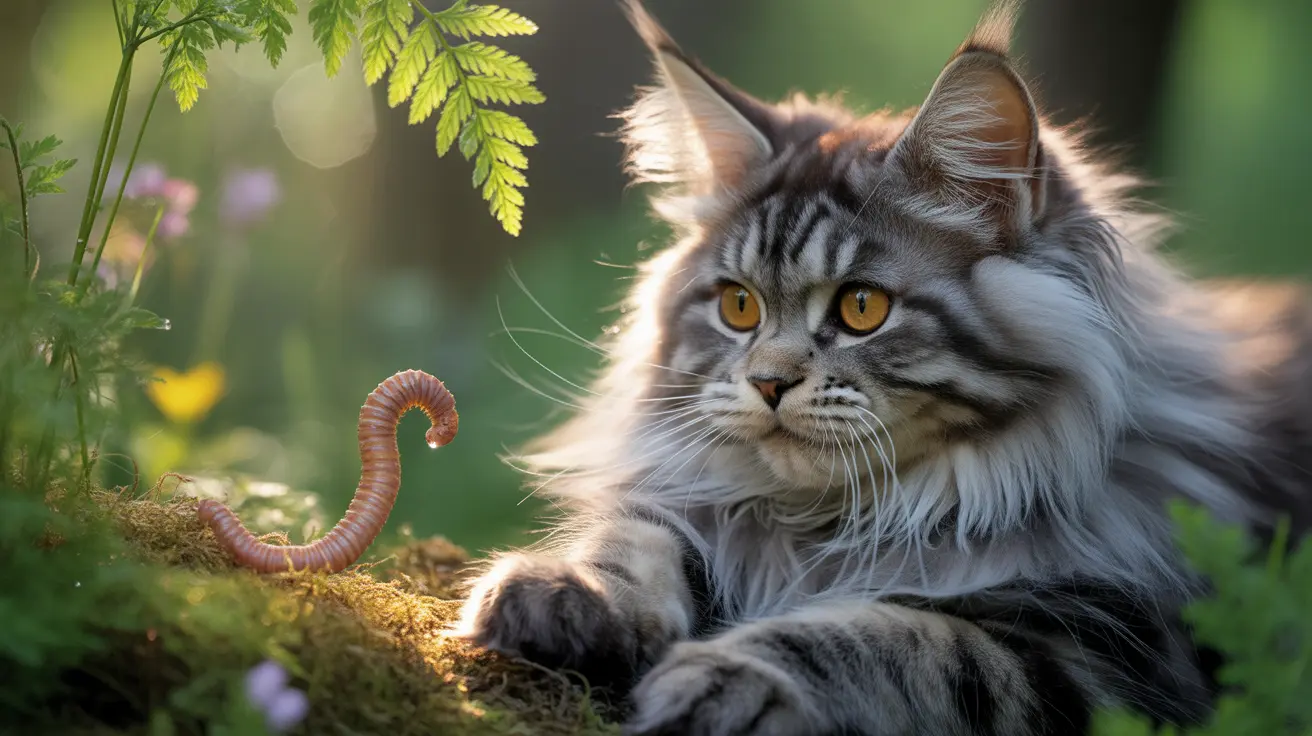The Best Livestock Guardian Dogs
Livestock guardian dogs (LGDs) play a crucial role in protecting farm animals from predators and other threats. These breeds have been developed over centuries to bond with livestock and use their instincts to keep flocks and herds safe. Choosing the right LGD depends on your specific needs, environment, and the type of animals you wish to protect.
Key Traits of Livestock Guardian Dogs
When considering a dog for livestock protection, look for these important characteristics:
- Loyalty and bonding with livestock
- Protective instincts, but not aggressive toward the animals they guard
- Independence, allowing them to make decisions without constant human direction
- Endurance and hardiness for outdoor living in various climates
- Barking ability as a deterrent to predators
- Low prey drive, so they don't chase or harm stock
Popular Livestock Guardian Dog Breeds
Certain breeds have earned reputations as outstanding guardians. While each dog is an individual, these breeds are commonly chosen for their effectiveness:
- Anatolian Shepherd Dog: Known for size, strength, and independence.
- Great Pyrenees: Gentle with livestock, imposing to predators.
- Maremma Sheepdog: Adaptable and deeply bonded to flocks.
- Kangal: Powerful and alert; excels in open rangeland.
- Komondor: Recognizable by its corded coat; vigilant protector.
- Tornjak: Calm demeanor but fiercely protective when needed.
- Caucasian Shepherd Dog: Large, fearless, suited for challenging environments.
- Pyrénées Mountain Dog: Similar traits to Great Pyrenees; popular in Europe.
Selecting the Right Guardian Dog for Your Farm
No single breed is perfect for every situation. Consider these factors before making your choice:
- The size of your property and type of fencing available.
- The main predators in your area (wolves, coyotes, bears, etc.).
- Your climate—some breeds tolerate cold better than heat, or vice versa.
- The kind of livestock you raise (sheep, goats, poultry).
- Your experience with large working dogs.
Puppy Selection and Training Tips
A successful LGD starts with careful selection and early socialization. Here are some tips to help ensure your guardian dog thrives:
- Select puppies from working parents whenever possible.
- Expose pups to livestock at an early age so they bond properly.
- Avoid excessive handling if you want them focused on animals rather than people.
- Supervise initial interactions between pup and stock closely.
- Be patient—maturity can take up to two years or more.
The Role of Livestock Guardian Dogs on Modern Farms
An effective LGD reduces predation losses dramatically. They not only physically deter threats but also provide peace of mind for farmers. Many modern farms rely on a combination of fencing, guardian dogs, and good management practices to keep animals safe. Some operations even use multiple dogs or pair different breeds together for added effectiveness.
Caring for Your Livestock Guardian Dog
Your LGD will need regular health care—vaccinations, parasite control, proper nutrition—and shelter from extreme weather. While they're independent workers, they still benefit from positive human interaction and occasional check-ins. A healthy guardian is a reliable one!





